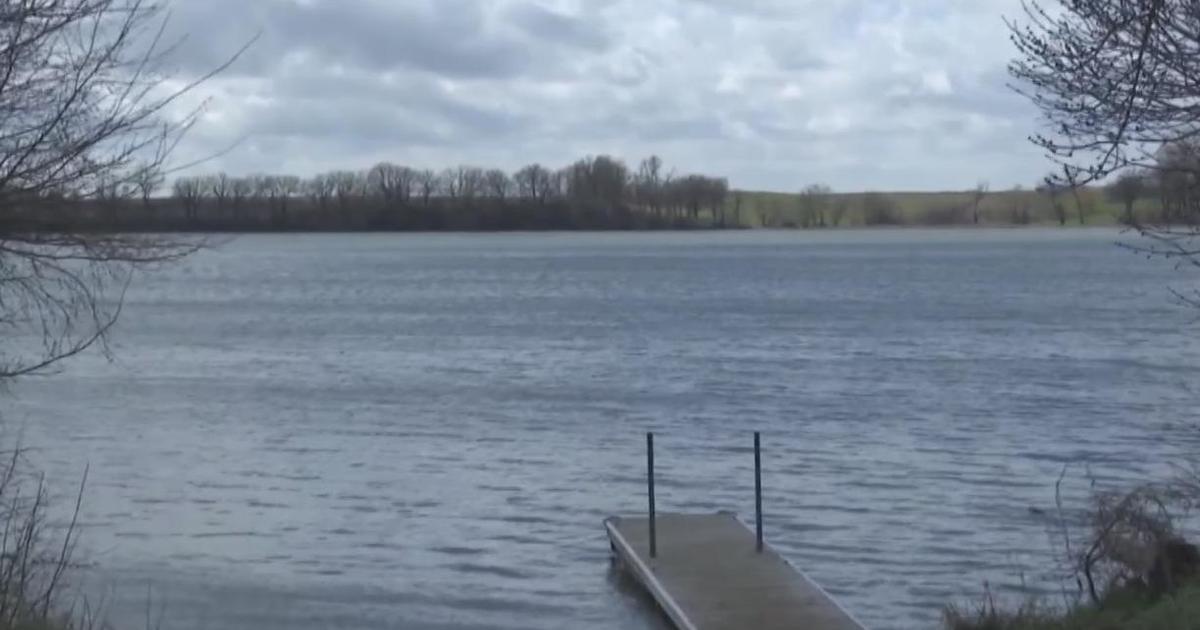Finding Minnesota: Smelt Fishing On Lake Superior
DULUTH, Minn. (WCCO) -- There is a place on Lake Superior where crashing waves meet the mouth of the Amnicon River.
The pristine scenery is a tempting lure in its own right, but every spring dozens are drawn here by more than a scenic backdrop.
"We're going to be catching smelt," said Matt Stewart.
For Stewart, an annual tradition flows through the chilly water. He's in pursuit of a tiny, sardine-like fish passing through on their spawning migration.
"When you hear the frogs start to croak in spring, the smelt are on their way," Stewart said. "They usually spawn the same spot just like trout and salmon do. They hit the same spot ever year. We got to try and time it, and sometimes hit the place more than once."
As a warm sky fades to darkness, the water becomes more crowded. Friends like Austin Winfield join Stewart, knowing their catch is sensitive to light and only feeds in shallow waters after sunset.
"Catching smelt is just a totally different way of fishing," Winfield said.
No one brings a rod or reel because the fish are too tiny. Generations of anglers have used a simple dip net, scraping downstream against the river bottom. The hope is to pull up a net full of fish as they swim upstream.
"When you get a full net, then they're running really good," Winfield said.
But ask longtime smelters like Herb James, and they'll tell you netting never used to take so much work. Back in the 1960s and 1970s, smelting was much easier.
"We'd fill up a net in the old days. Now, you get three or four in one swipe," James said. "Now, they're smaller and there's not that many. I don't know what's caused it."
Over the years, fisherman learned to adapt to the smaller smelt migration. In addition to the small dip nets, anglers use a much larger net and wade into the big water of Lake Superior.
"A little work involved, you're fighting the current the whole time," Winfield said.
Fishing with the 10-15 foot sane net becomes a team sport with one person holding each end. They then drag the net towards shore with the hope of trapping schools of passing smelt.
"You never know what you're going to get in the net," Stewart said.
"Sometimes you'll get a sucker, a walleye, a salmon or steelhead," Winfield added.
Success depends on whether the fish are even on the move, but part of the thrill of smelting is in the guessing game of timing.
"If they're not running all that great, you do a lot of work and don't have a lot of payoff as far as food on your plate," Winfield said.
"It is a hit-and-miss time of year. If you're at home watching TV on the couch, then you're not out here. If everyone is out here catching them, the next day they could be gone," Stewart said.
That is why Stewart and Winfield will be out every evening over the course of a week, because on the shores of Lake Superior, the next smelt catch is never a guarantee.
"It comes once a year, and you don't do this all year long," Winfield said.
After the catch, smelt are cleaned and battered for a fish fry.
Each spring, there are several places to catch them along the south and north shore of Lake Superior.
If you have a Finding Minnesota idea you'd like to share, click here.



